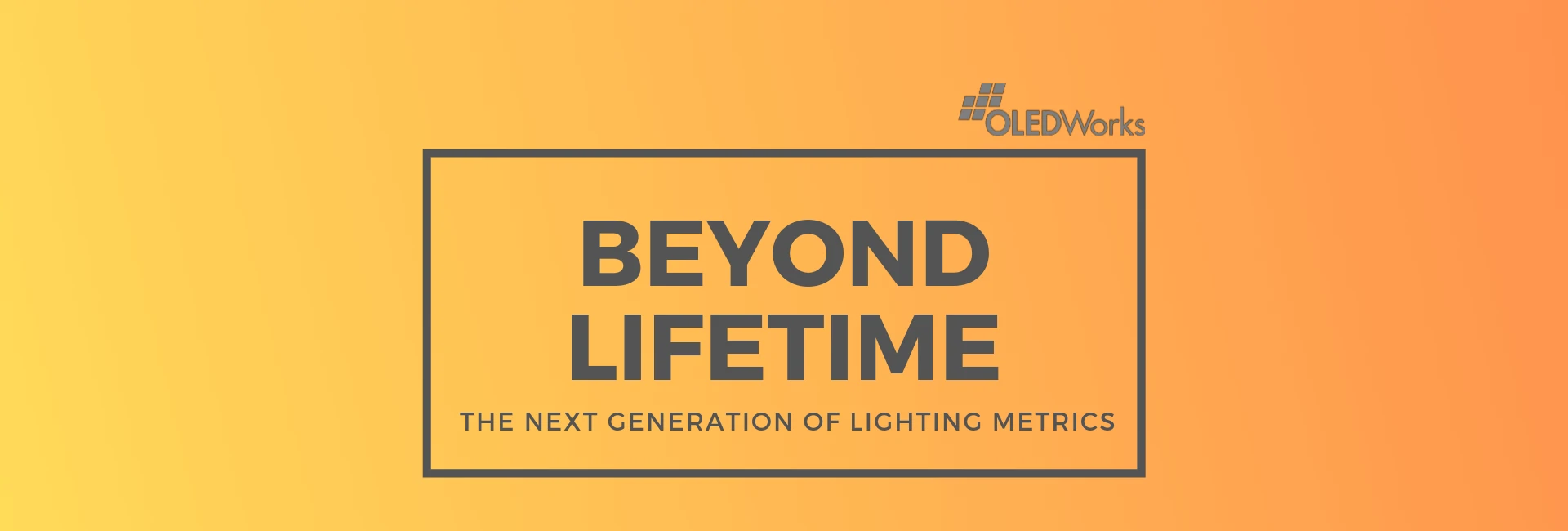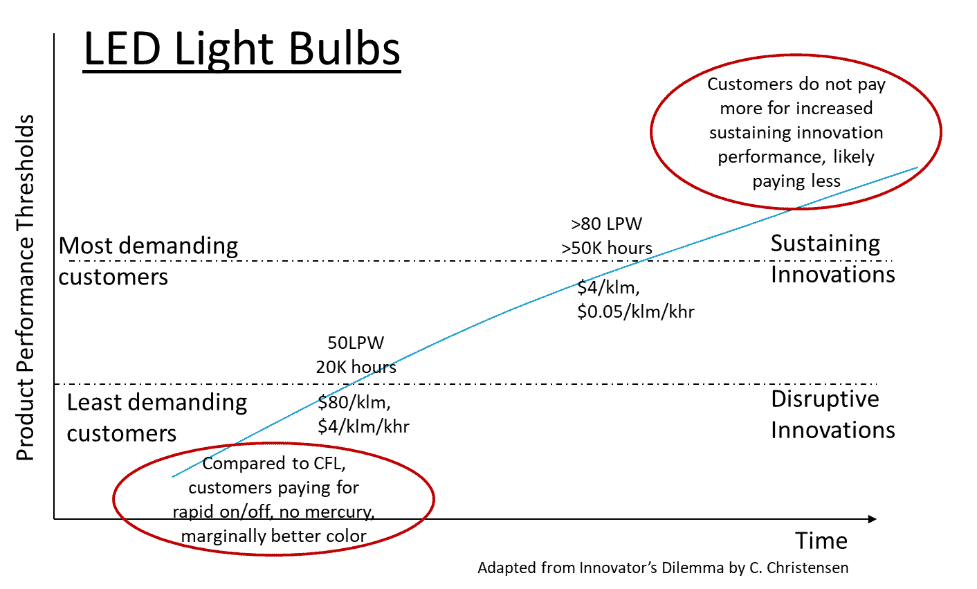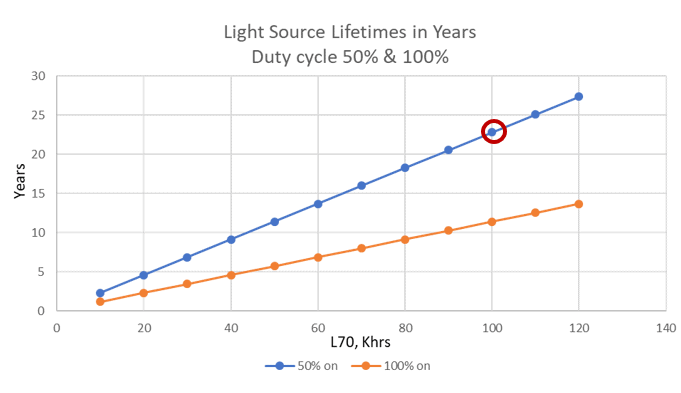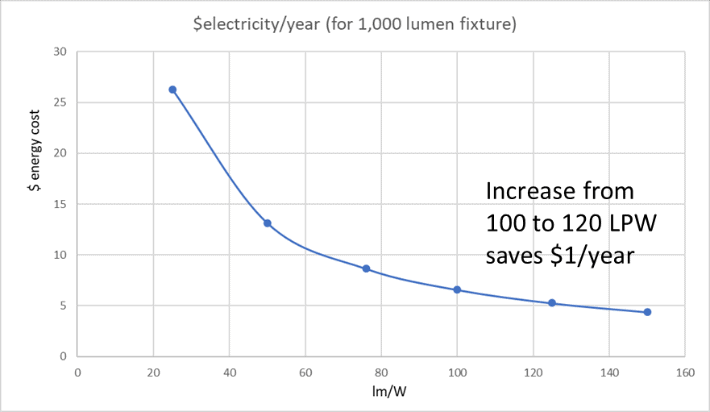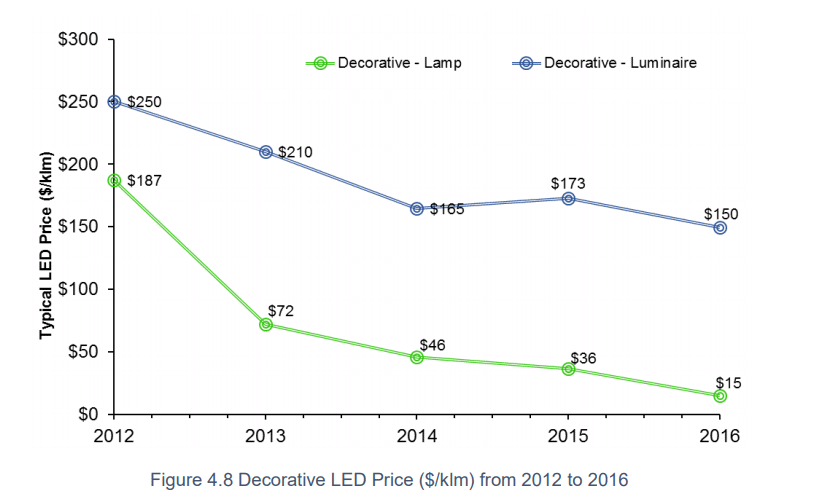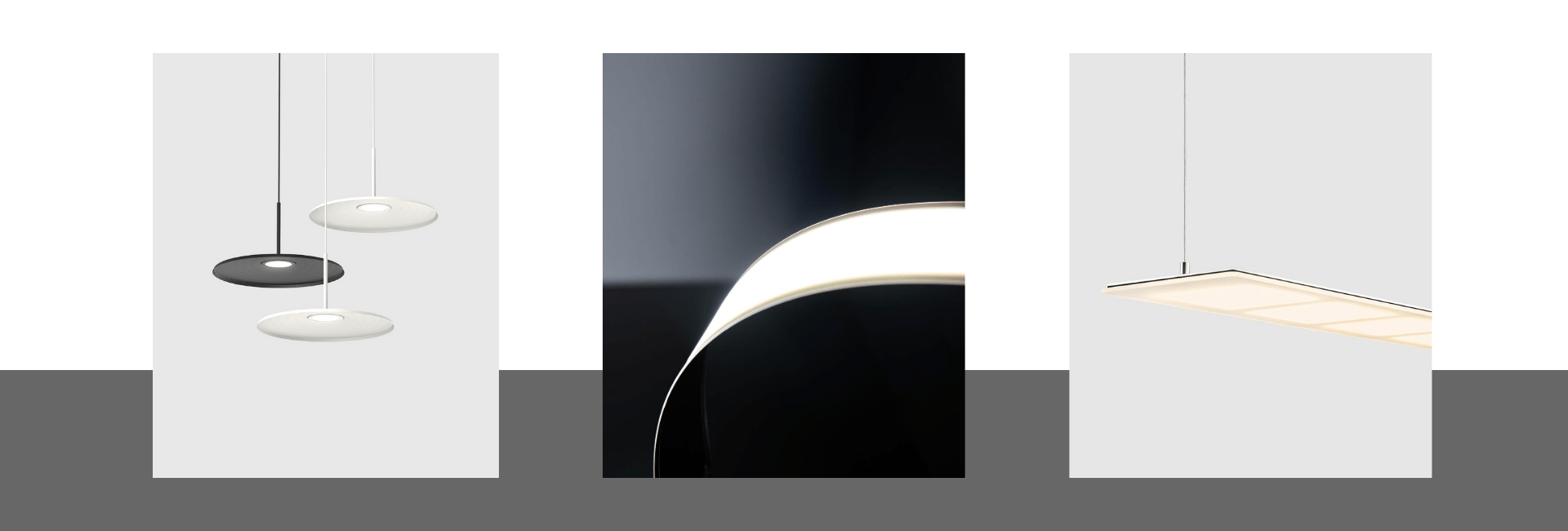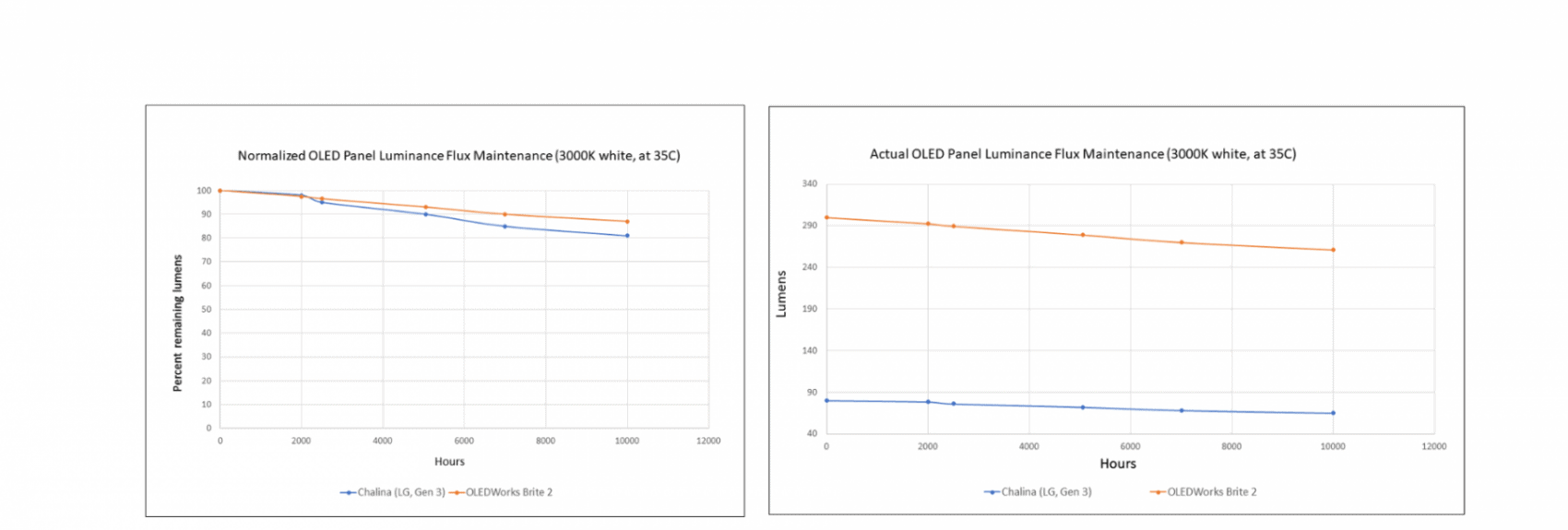
In his 1997 work “The Innovator’s Dilemma”, Harvard Professor Clayton Christensen describes a disruptive innovation cycle where new technologies make existing companies or products obsolete. Aspects of this theory are debated, nevertheless, an interesting perspective from The Innovator’s Dilemma is the product performance, differentiation and value trajectory. In early stages, disruptive technologies offer something the traditional solutions do not, but lag on traditional or standard metrics. As they mature, these technologies become the standard themselves and morph to sustaining technologies. Eventually, the increase in performance has less added value, and the technology becomes commodity.
This is observed in the arc of LED light bulbs which initially lagged CFL’s but now have made them obsolete.
While LED does improve on light quality, lighting innovation has been fundamentally driven by energy savings, and with increased efficacy has come increased lifetime. Is this the trajectory to be continued? With lifetime claims of 100,000 hours, do you wonder where you will be in 23 years when your light source needs to be replaced? Do you need your light to last 24 years? Likewise, is the decreasing return on component efficiency worth further investment?
Consider a fixture that provides 1000 lumens. The gains made in the last decade have resulted in huge energy cost savings, but continued improvements are marginal.
Notably, application efficient designs and control integration can reduce energy demands while providing a better customer experience. These designs compete or surpass the component efficiency savings providing energy savings without compromise.
Recently, new lighting performance criteria have started to coalesce – lighting metrics that deviate from the sustaining trajectory of efficacy and lifetime. Solid state technologies are enabling a shift from quantity of lumens to quality of lumens. OLEDs are emerging as a unique solution. Let’s take a closer look at just a few of these revolutionary forces.
Health and Wellbeing
As noted by the Smithsonian in their discourse “Lighting a Revolution”,
the consequence [of artificial light] was to interrupt the normal, biological rhythms of life and to alter our schedules for work and leisure. Industrial plants could operate in shifts around-the-clock, for example… The “windowless building” was also an architectural design option by the 1930s.
We are just starting to understand the unintended consequences of governing the cadence of our lives through artificial light. Due to the rich blue found in many artificial light sources that surround us everyday, we crave a healthier option. Circadian rhythms are disrupted causing health issues ranging from sleep patterns to eye and skin damage to impacts on diabetes and cancers. Emotional health is also at risk including headaches and seasonal affective disorder. With their zero blue-light risk, OLEDs present a healthier option which does not disrupt the circadian rhythm or contribute to these increased health risks.
Differentiated design
In a recent DOE publication, the pricing trends for LED lamps and fixtures were reported. While the lamp prices keep dropping, fixtures in the architectural space retain value. Customers will pay for performance that is presented uniquely and aesthetically. OLEDs singularly offer design elements unencumbered by heatsinks and optics, at low voltage, and with the superb uniform light quality. In their native form, OLEDs are truly surface mountable with no need for large plenum or buildout. Integrated into fixtures, OLEDs expand material options from textiles to paper to metals and wood – giving designers true control over the experience.
With their low glare, low heat emission properties, OLEDs can be positioned closer to the user – quality lumens where you need them. And OLEDs can do much more. With crisp, clean design elements, segmentation of the OLED lighting within a single panel creates options for communicating information through segmented messaging, adjusting levels to daylighting, and generating playfulness or mood. High resolution branding can be incorporated directly into the OLED as well.
Lightweight and Thin
OLED light panels incredibly range from less than 500 microns to a millimeter or two. And these are lightweight lights…hundreds of lumens for a few grams. These attributes are especially attractive to the transportation industry. Automakers are combining the benefits of thin and lightweight with the unsurpassed uniformity and high contrast segments to imagine cars that excite the customer.
Efficacy and lifetime performance are table stakes. It is time to look at how lighting can enrich the human experience and not just illuminate it.
